ASTANA — Zhambyl Region stands as one of Kazakhstan’s most sacred areas, preserving a wealth of captivating artifacts from ancient times. The architecture of Taraz beautifully intertwines historical roots with contemporary elements, creating a distinctive character for this ancient southern city.
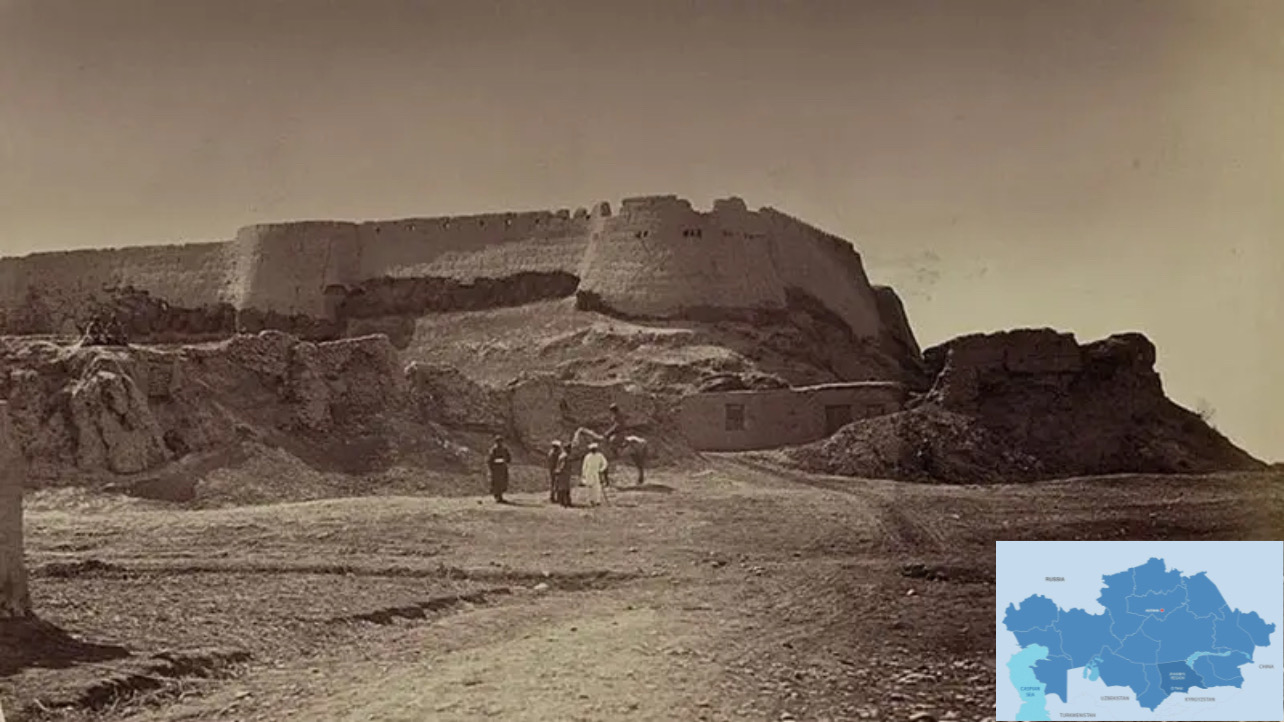
Photo credit: Archive of the Zhambyl Regional Museum of Local History. Click to see the map in full size. The map is designed by The Astana Times.
In ancient times, Taraz flourished as a major city with a radial-circular layout, situated along a river. Its golden age occurred during the Middle Ages when it served as the capital of the Karakhanids in the 10th to 12th centuries, leaving a lasting impression on travelers along the Great Silk Road.
Today, Taraz remains a genuine historical reserve, featuring the Ancient Taraz complex and the central market as the heart of its historical core. This area includes structures from the Kokand period and the later “Russian” era. Despite the destruction by Jungar troops, the pride of the region lies in the ancient Taraz settlement, now a museum showcasing valuable artifacts that vividly depict the life of its inhabitants.
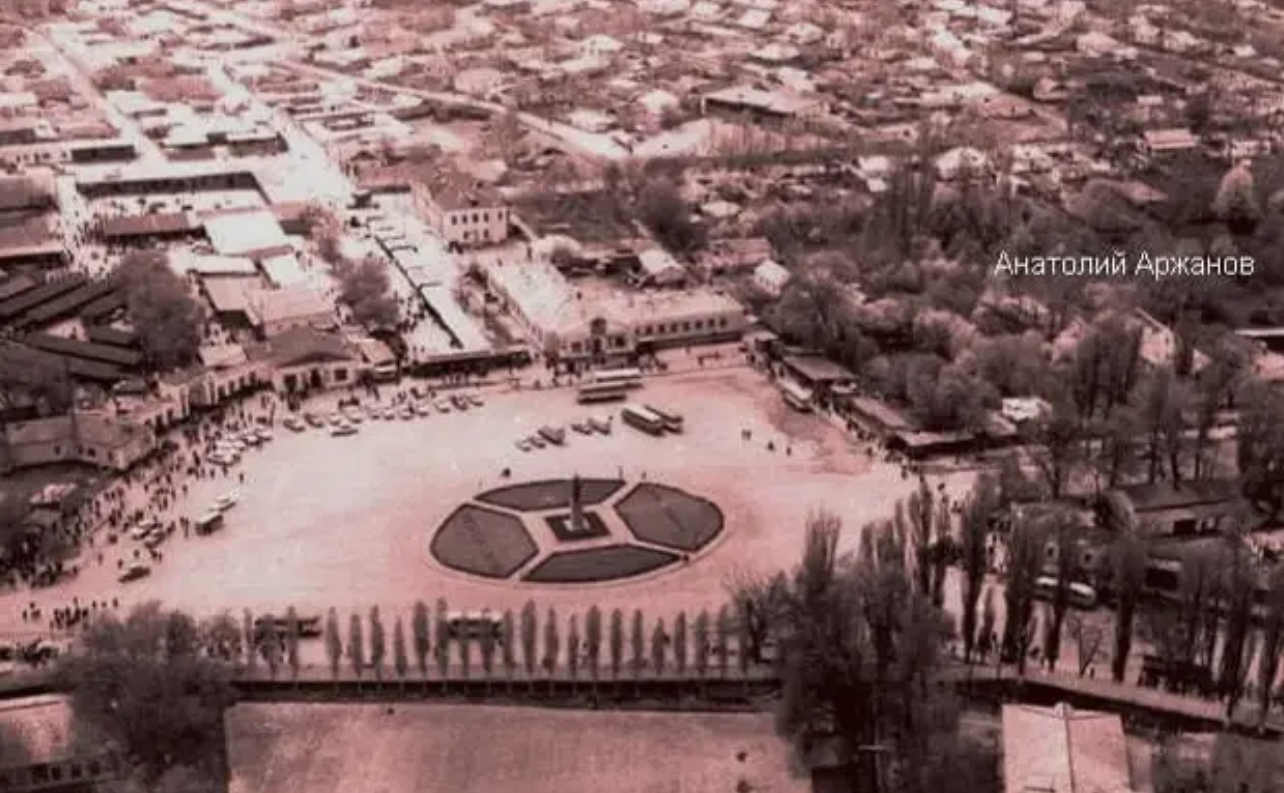
Photo credit: Archive of the Zhambyl Regional Museum of Local History.
During the medieval period, Taraz became the focal point of a vast cultural and economic oasis, encompassing numerous settlements, estates and castles. The Golden Ring of Taraz included around 30 cities, now reduced to hills. Archaeological evidence suggests that the medieval city initially occupied the territory around the present Ancient Taraz complex.
In those ancient times, the land beyond this border was an untouched steppe, traversed by trade caravans and occasionally threatened by enemy raids. Subsequently, the city expanded predominantly westward, following the route of the present-day Tole bi Avenue, where caravans of the Great Silk Road once traversed from China to Europe and back.
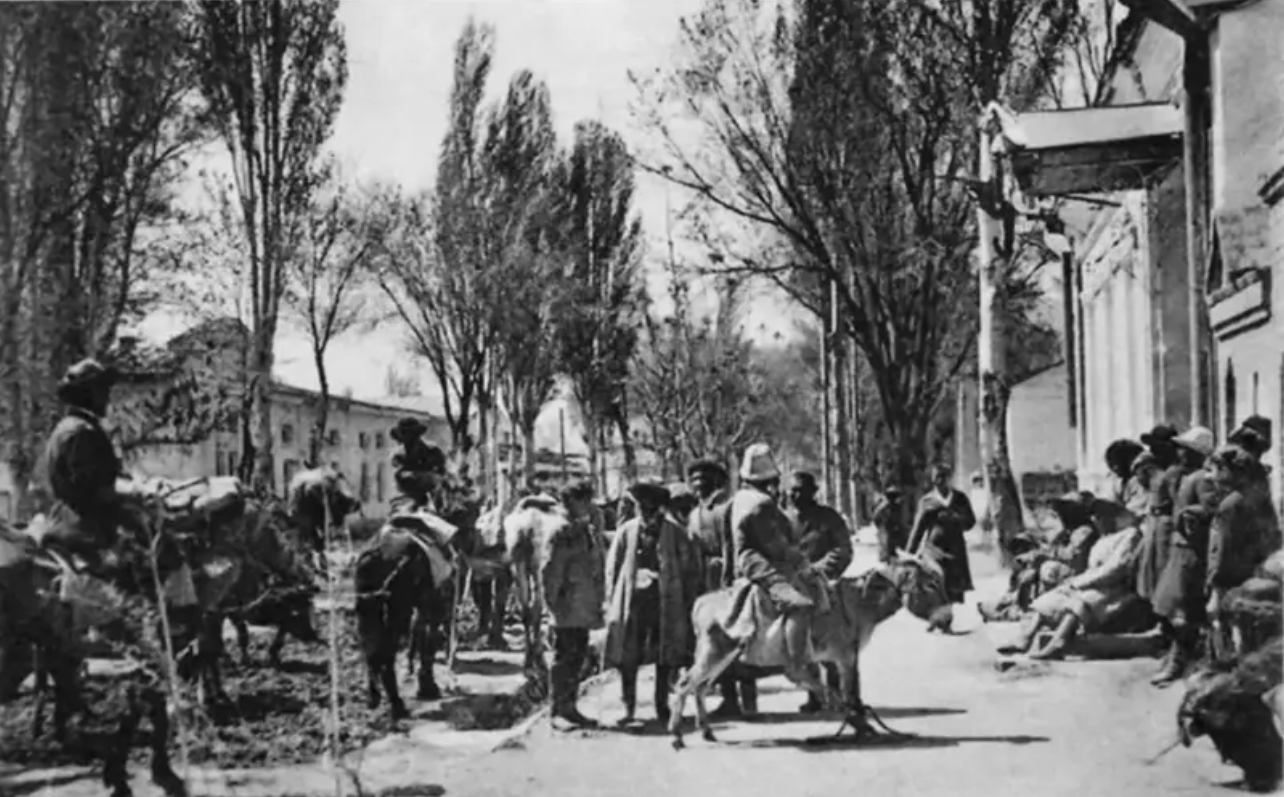
Photo credit: Archive of the Zhambyl Regional Museum of Local History.
Preserved in the Zhambyl archives are historical travel notes from 1864 by Colonel Lerche, who left enthusiastic descriptions of the local beauty. Lerche highlighted the rich nature, healthy climate, and generous land rewarding farmers with magnificent harvests. He also mentioned the monotony of city buildings being softened by gardens, providing a welcome refuge from the daytime heat.

Photo credit: Galina Skripnik/Kazinform.
In recent times, Taraz’s cityscape has transformed significantly. A century ago, there was essentially one dominant street—today’s Tole bi Avenue. Over the past century, the city has developed in all directions, acquiring new residential areas and neighborhoods.
The architectural appearance of the ancient yet ever-young city has changed dramatically, with multistory neighborhoods like in Astana and Bayterek emerging on the outskirts.
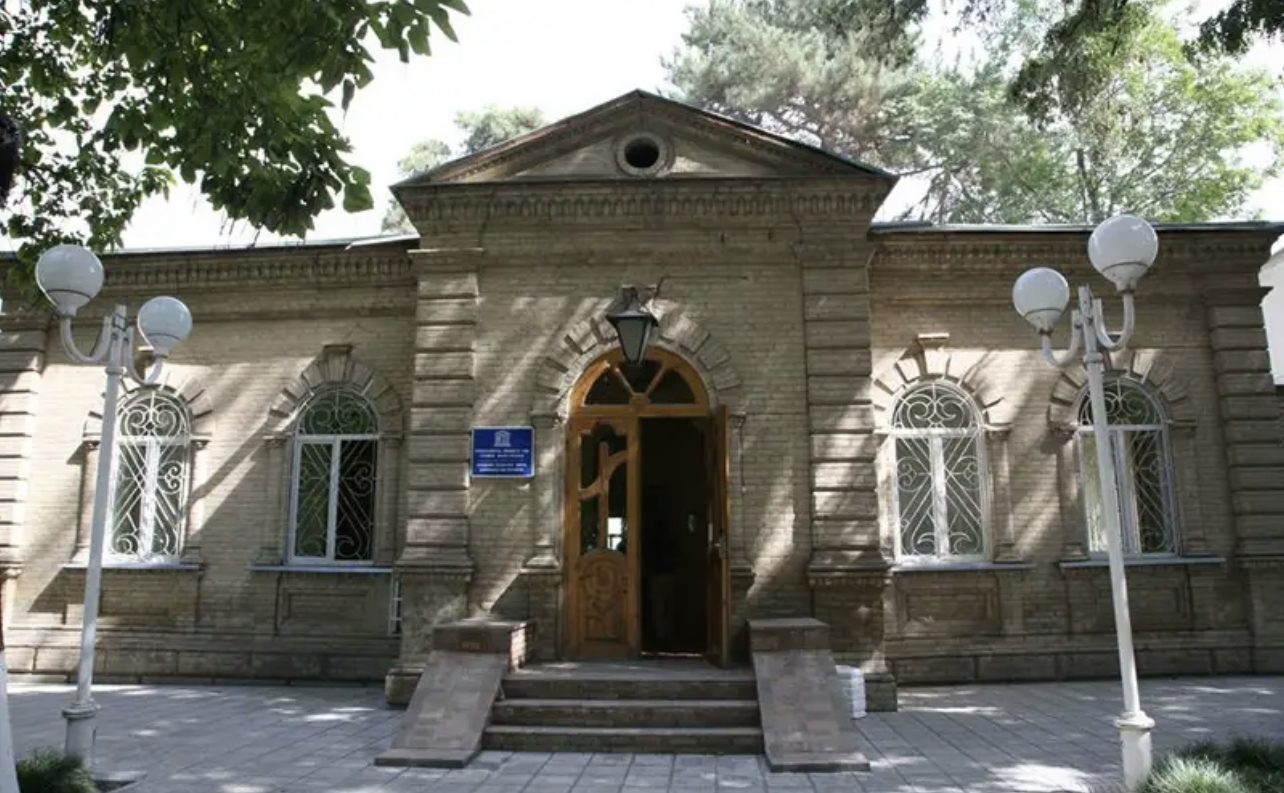
Photo credit: Galina Skripnik/Kazinform.
New developments, alleys, parks, landmarks and recreational areas have enriched the city’s landscape. The first embankment, leading to Victory Park Zhenis, has been built. Ancient city parks have been improved, and new historical complexes, such as Ancient Taraz and Tekturnas, along with new embankments, have been created.
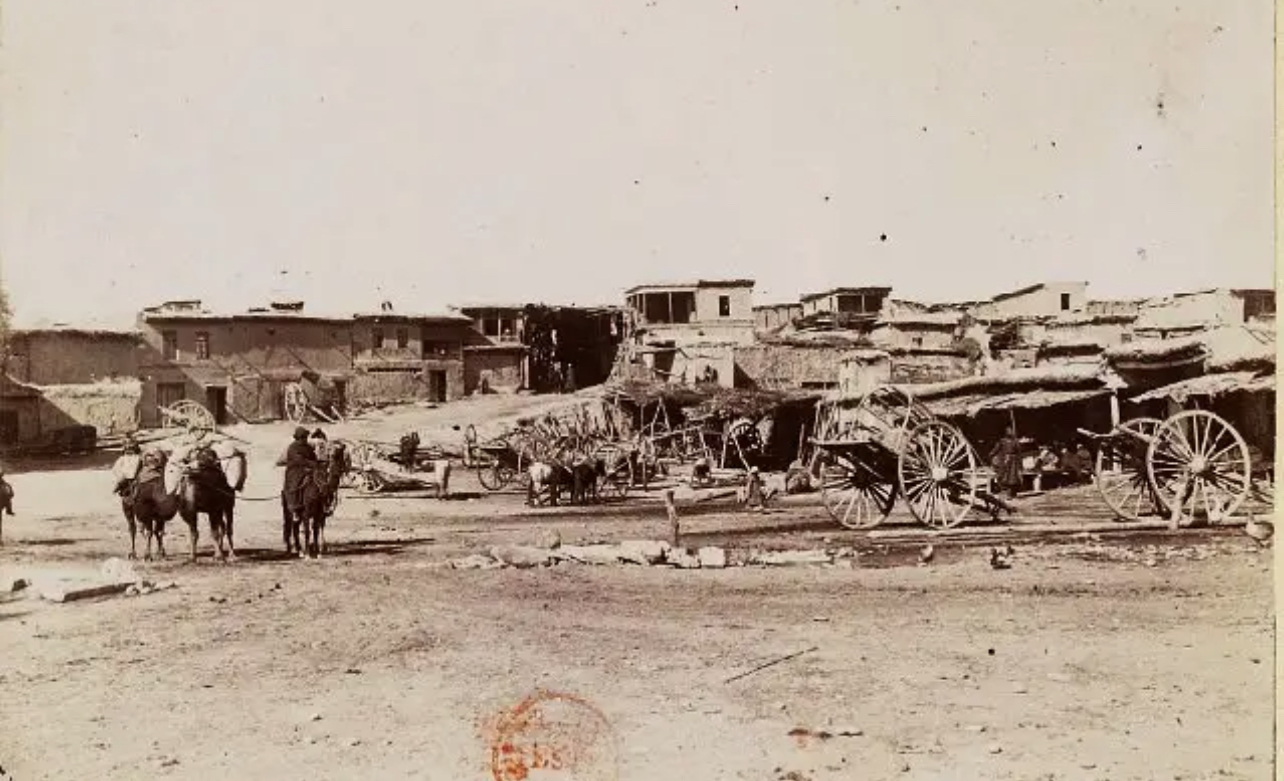
Photo credit: Archive of the Zhambyl Regional Museum of Local History.
The pedestrian zone Arbat-3 connects Ancient Taraz and the mausoleum of Karahan. In the residential area of Karasu, the Health Park with sports grounds and running tracks has opened. Although the modern city occupies only 0.7% of the Zhambyl Region’s territory, it is home to 33.6% of the region’s population.
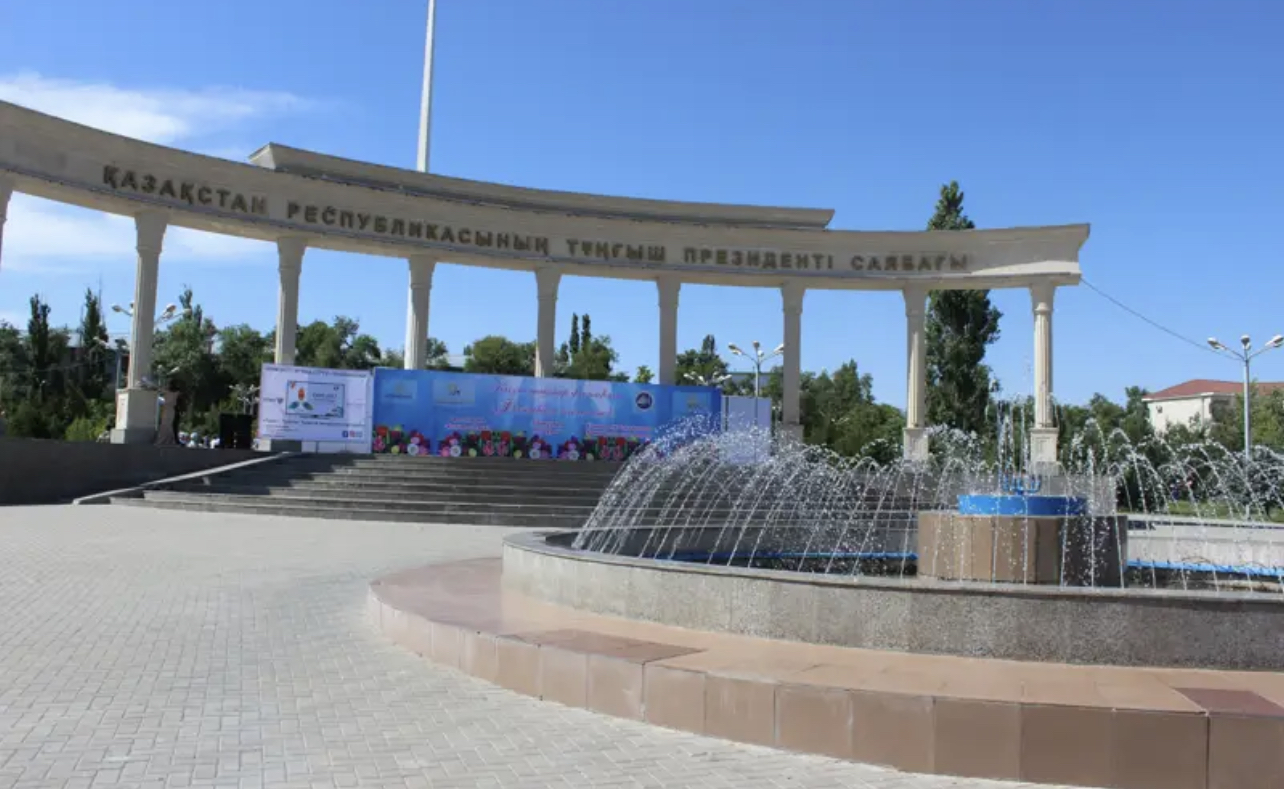
Photo credit: Galina Skripnik/Kazinform.
The city’s general plan until 2025, encompassing nearly 6,000 hectares from adjacent districts, aims to expand in the northwest and incorporate the riverside part of the Talas River, creating a recreational zone. Local authorities are working to unify the city’s architectural style, harmonizing facades, stops, small architectural forms and trade pavilions. The goal is to make Taraz and its surroundings appealing to visitors. From the city’s entrance, tourists will sense that Taraz is a modern city with ancient history, bridging traditions of the past and present.
The article was originally published in Kazinform.


